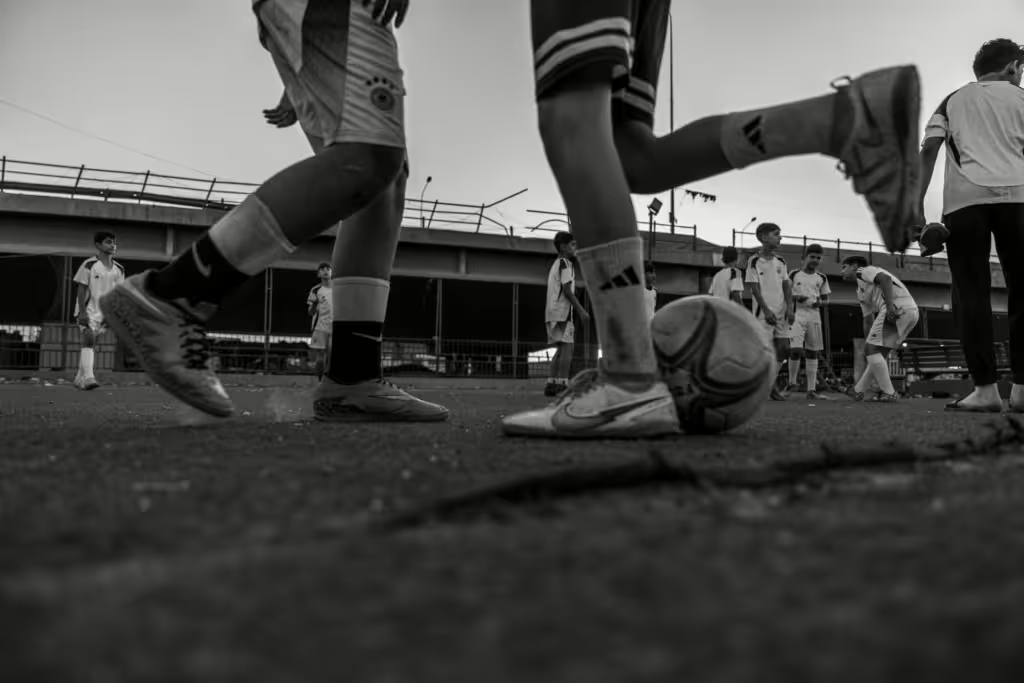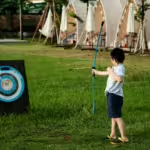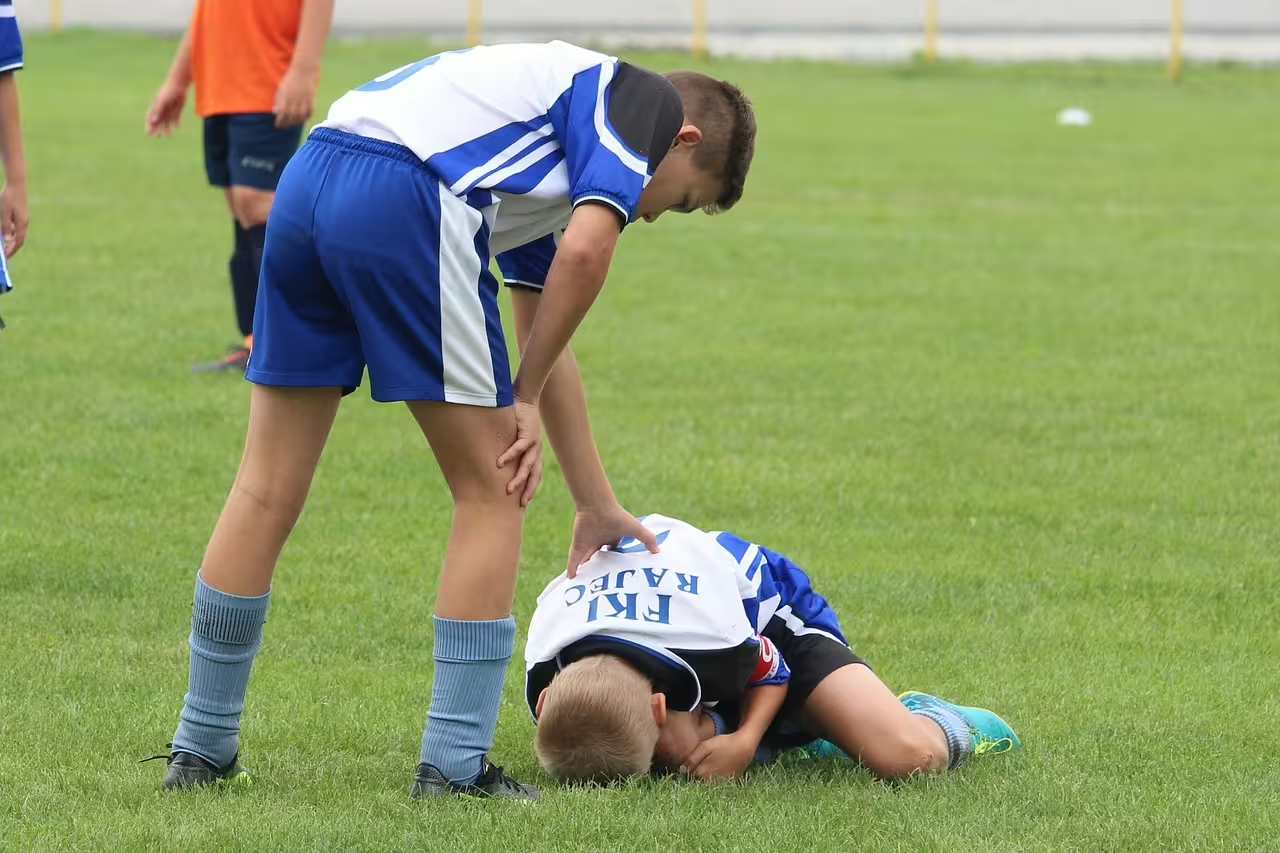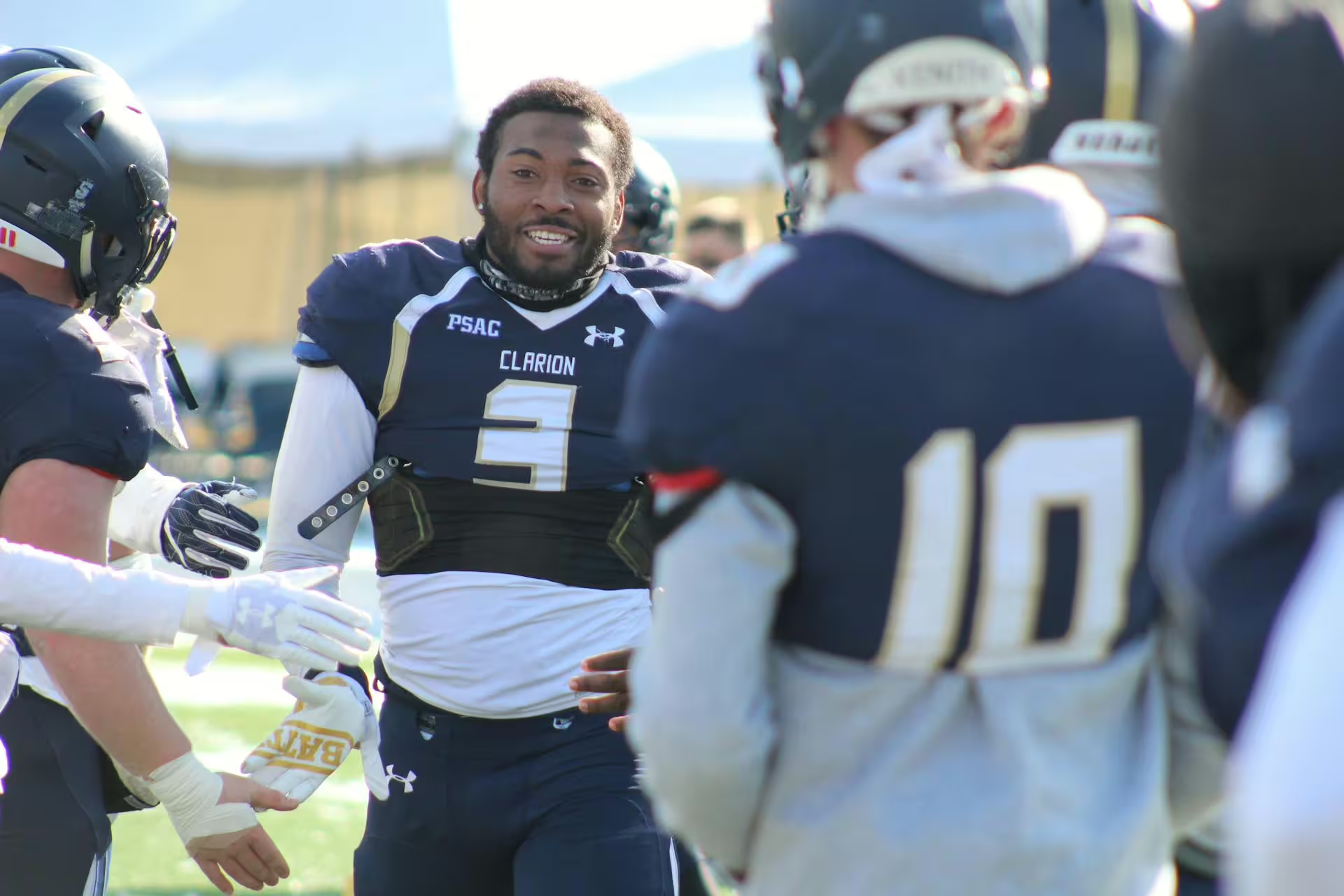Here at Cultured Athlete, we have spent many hours discussing the physical and emotional benefits of playing youth soccer. We have spoken at length about its origin, its popularity, and how children can make the most of their time in the sport itself. Often called “the world’s game” by virtue of its global appeal and perpetual popularity, soccer is a sport that has united communities, creed, and cultures for generations. More importantly, anyone can learn to play it—and we mean anyone.
This is especially true when it comes to children. All anyone needs to play is a ball and a little space to run. But what happens when a child cannot run? What do children with physical, developmental, or cognitive challenges do if they want to play the game of soccer? Can those with special needs truly enjoy the thrill of dribbling down the field, scoring goals, and being part of a team the same way other kids do?
The answer to all of these difficult questions is a resounding yes. Adaptive sports programs are everywhere these days and soccer—being the world’s most popular game—is no exception. Thanks to adaptive soccer programs, children of all abilities can take part in the sport and experience it in much the same way that able-bodied children can.
In this article, we will explore the basics behind adaptive soccer programs. We will talk about the way rules differ, the benefits these programs offer, and the challenges they still face. At the same time, we will teach parents how the game can be modified to fit their child’s individual needs and how they can support their kids on their own soccer journey.

What Is Adaptive Soccer?
We will be frank, when you first catch a glimpse at adaptive soccer, you’re bound to notice that it looks a little different than the game everyone is used to seeing. Adaptive soccer, as with all adaptive sports, is essentially a modified version of traditional soccer. Those modifications vary between teams, players, and programs, and this is by design. In every, individual case, the modifications are put in place to accommodate players with a diverse range of abilities. Some examples of common adjustments include: different equipment, modified rules, altered field size, or slowed pace of play. These modifications notwithstanding, the spirit of the game remains the same: teamwork, skill development, and fun are all still the most important facets of soccer.
Some of the key features of this form of the game include, but are not limited to:
- Inclusivity: Children of all physical and cognitive abilities are welcome to play adaptive soccer.
- Flexibility: As with all adaptive sports programs, these soccer leagues adapt their practices to individual needs, whether a child uses a wheelchair, has sensory sensitivities, or requires extra breaks during play.
- Supportive coaching: Coaches and staff are usually trained to emphasize encouragement and patience over competition, and most have experience working with children with disabilities.
A Brief History of Adaptive Soccer
The basic rules and equipment for soccer has meant that it was always fairly adaptable for informal play. Kids can play anywhere that there’s a bit of room, a ball, and some delineation that can be seen between field and goal. For generations, children have played in back alleys, abandoned fields, backyards, parks, streets, and everywhere in between. That said, organized adaptive soccer didn’t really gain any sort of real traction until the tail end of the 20th century. Two notable movements have shaped the sport as we know it today:
- Power Soccer (1970s onward): This version of soccer was specifically created for athletes who use power wheelchairs to move around the field. Despite the specialized nature of this version, the format quickly grew in popularity. The International Federation of Powerchair Football Association (FIPFA) was founded in 2006 and is now played in over 25 countries.
- TOPSoccer (The Outreach Program for Soccer): In 1991, the U.S. Youth Soccer association initiated a program known as TOPSoccer. This program was meant to provide opportunities for children with disabilities, allowing them to participate in community-based adaptive soccer programs. Today, TopSoccer has chapter all over the United States.
Types of Adaptive Soccer
The more historical versions of adaptive soccer are hardly the only ones being played in the modern day. Remember when we mentioned how different adaptive soccer might look from traditional? Well, we’re about to add further to that. You see, not every form of adaptive soccer looks the same. Parents should be informed about all the different versions before they discover which one is the best fit for their child.
TOPSoccer (Community-Based)
The aforementioned TOPSoccer is a community-based program, generally.
- Focus: As with all adaptive programs, the main focus is on inclusion and fun for ll.
- Age range: Kids between ages 4–19 are able to play.
- Features: Volunteer “buddies” assist players and fields tend to be smaller than regular soccer field. Also, the basic rules are highly flexible.
- Good for: Children with intellectual, developmental, or mild physical disabilities can play.
Power Soccer
This version is a wheelchair-based form of soccer for both children and adults.
- Equipment: Special footguards are attached to wheelchairs that enable players to “kick” oversized soccer balls throughout the game.
- Game setup: Unlike a regular soccer game which has many players on a soccer pitch, Power soccer is players by four players per side on a basketball-sized court.
- Good for: Kids with muscular dystrophy, cerebral palsy, or spinal cord injuries would do well with this version.
CP Soccer (Cerebral Palsy Soccer)
Children with cerebral palsy, traumatic brain injuries, or strokes can play this version.
- Format: The game is played 7v7 on a smaller field with modified rules to accomodate the player’s challenges.
- Good for: Kids who are ambulatory but benefit from reduced physical demands will likely enjoy this form of soccer.
Blind Soccer (Football 5-a-side)
Children with visual impairments are able to play this sport thanks to the modified rules and equipment.
- Equipment: Special soccer balls are fitted with internal rattles or bells so that they make sound as they are kicked to and fro.
- Features: Sideboards guide players, and goalkeepers often have full vision. These tools help direct teammates as they play and help prevent accidental injuries.
- Good for: Children with partial or complete vision loss are able to play.
Unified Soccer
The concept for this one is a little different than the others, as athletes with and without disabilities play together on the same team.
- Focus: The main point of Unified soccer is to build friendships, inclusion, and mutual understanding between children.
- Often supported by: The Special Olympics and other, similar organizations often support this form of soccer.

How Rules and Equipment Are Modified
The heart and benefits of adaptive soccer lie in its flexibility. Players play on smaller, more manageable fields. They tend to play on smaller teams, comprised of 3v3, 5v5, or 7v7 rather than a full complement of 11v11 players. Also, games tend on the shorter side and often include frequent breaks to accommodate the various attention spans, social anxiety, stamina, or overall needs of the players. In terms of equipment, balls tend to be lighter and often larger. There are often brightly colored cones and tactile markers in play for players who might be visually impaired in some way.
Finally, many programs include buddies or aids on the field to keep play moving, keep players safe, and provide motivation, guidance, and support. In the end, though, try and remember that no two adaptive soccer programs are identical. Rules can and are adjusted to match the needs of the participants at regular intervals.
Challenges and How Programs Overcome Them
While adaptive soccer is growing in popularity, there are some obstacles that parents may encounter. As accessible as adaptive soccer programs purport themselves to be, that counts for very little if a community just doesn’t have the funds or people to support a local program. The sad truth is that not all communities have local programs, but that doesn’t mean they never will. One thing parents can do is advocate for them with their local government, community center, or school system.
This brings us to another issue, awareness. Not every family knows that such programs even exist. This is even more reason for concerned parents to make their communities aware of what’s out there. Finally, it should come as no surprise that funding is the main reason these programs face challenges in the first place. After all, adaptive equipment and coaching resources can be costly for smaller towns or organizations.
That all said, solutions are emerging. National organizations provide grants, local clubs partner with schools, and volunteers rally to create inclusive leagues; you just have to do your research and talk to the right people. Either way, parents have the power to advocate for their children at every turn. Don’t be afraid to speak up!
Resources for Parents
For parents who are looking to get their kids started with an adaptive soccer program soon, we have compiled a list of organizations and tools that might be helpful in getting them started:
- U.S. Youth Soccer TOPSoccer: usyouthsoccer.org
- Special Olympics Unified Sports: specialolympics.org
- U.S. Power Soccer Association: powersoccerusa.org
- United States Association of Blind Athletes (USABA): usaba.org
- CP Soccer U.S.A.: cpsoccer.us
As always, parents should also check with their child’s school, local YMCAs, towns and community centers to see if any adaptive programs already exist in their area; soccer or otherwise. After all, those who run or are involved with such problems may have connections to adaptive soccer leagues as well.
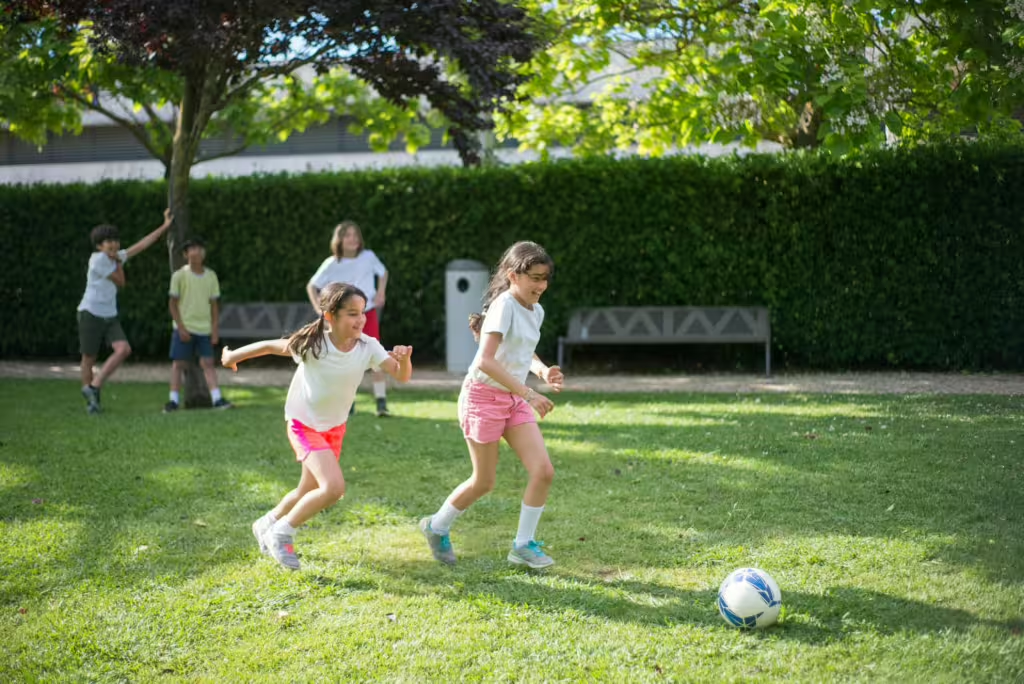
Cultured Athlete Says…
As you can see, the mere existence of adaptive soccer prove once again that soccer is truly the world’s perfect sport. Indeed, with a few thoughtful modifications, soccer can really be for everyone, regardless of their creating abilities, disabilities, or struggles. Enrolling your child in an adaptive soccer will do more than teach them how to kick a ball, it will give them a chance to play alongside their peers, will help them build confidence, and may very well prove to be the sport opens doors to experiencing the joy of athletics.
Discover more from CulturedAthlete
Subscribe to get the latest posts sent to your email.

